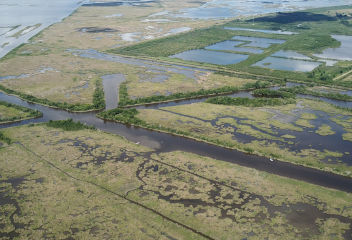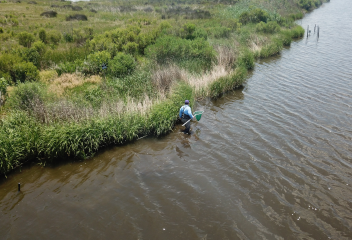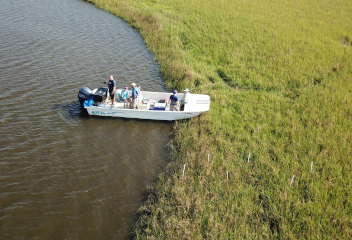Linking community and food-web approaches to restoration
An ecological assessment of created and natural marshes influenced by river diversions
Project Goals

Examine species composition, relative abundances, and food web structure in natural marshes along a salinity gradient influenced by a river diversion.

Examine species composition, relative abundances, and food web structure across different-aged created marshes that are influenced by a river diversion.

Use the field data gathered above to build and test a food web model (Ecopath with Ecosim) that can be used to predict the impact of habitat restoration on marsh food webs.
Research Approaches
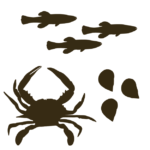
Characterize species
compositions and abundances
in multiple trophic levels.

Apply bulk and
compound-specific stable
isotope analysis.
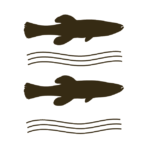
Compare the structure and
complexity of food webs
and reveal aspects of fish
residency.
Management Applications
The results of this research will guide future restoration efforts by integrating community and food-webs approaches into management and restoration planning. By increasing our understanding of how river diversions impact the marsh food webs, these models can provide the means for predicting how certain types of restoration will impact the species living in a marsh, making it possible for managers to take an end-to-end ecosystem perspective when making management decisions.
